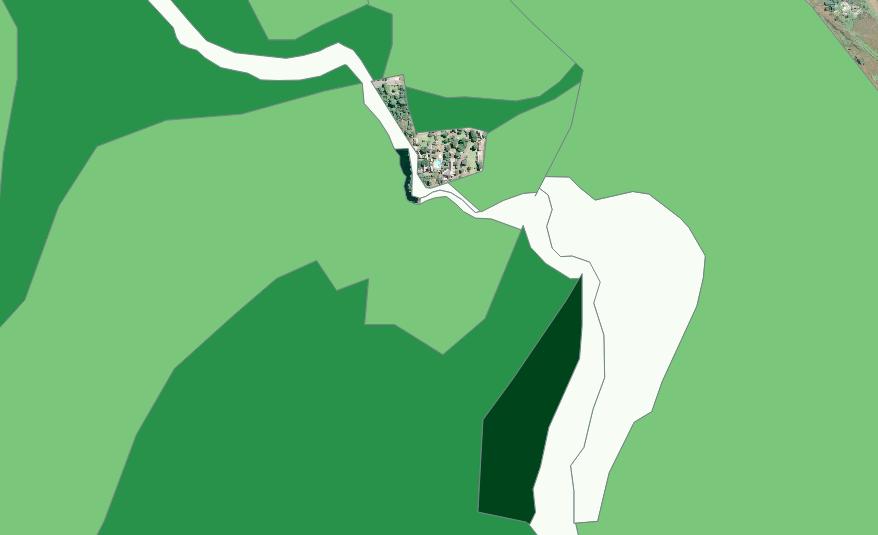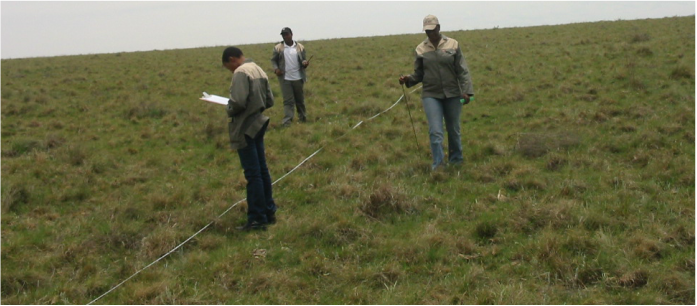Everyone has their favourite model and very few of them agree
“Grazing capacity” is not the most click-bait phrase that one would find on the internet. It probably comes somewhere between “Donald Trump’s hair” and “exciting new developments in toaster manufacturing” in public interest.
But for millions of square kilometres of the earth’s surface, grazing capacity is critically important. Grazing capacity, very simply, is the number of animals that can graze on a certain area of land for a certain period of time, generally without dying of starvation in the process, and without denuding the soil of every blade of grass.
The concept of grazing capacity, therefore, implies a balancing act between the needs of the veld and the needs of the animal. The veld does usually need a certain amount of grazing, but too much and the perennial, palatable grasses start to disappear and unpalatable grasses and bare soil take their place. Weeds start to encroach, erosion gullies appear and rainwater no longer infiltrates into the topsoil to feed the roots of the remaining plants. Overgrazing, in other words, causing grazing capacity to decline in the long term, and nobody benefits. Yet we still struggle to actually measure grazing capacity.
But for millions of square kilometres of the earth’s surface, grazing capacity is critically important. Grazing capacity, very simply, is the number of animals that can graze on a certain area of land for a certain period of time, generally without dying of starvation in the process, and without denuding the soil of every blade of grass.
The concept of grazing capacity, therefore, implies a balancing act between the needs of the veld and the needs of the animal. The veld does usually need a certain amount of grazing, but too much and the perennial, palatable grasses start to disappear and unpalatable grasses and bare soil take their place. Weeds start to encroach, erosion gullies appear and rainwater no longer infiltrates into the topsoil to feed the roots of the remaining plants. Overgrazing, in other words, causing grazing capacity to decline in the long term, and nobody benefits. Yet we still struggle to actually measure grazing capacity.


 RSS Feed
RSS Feed